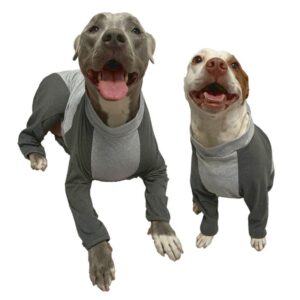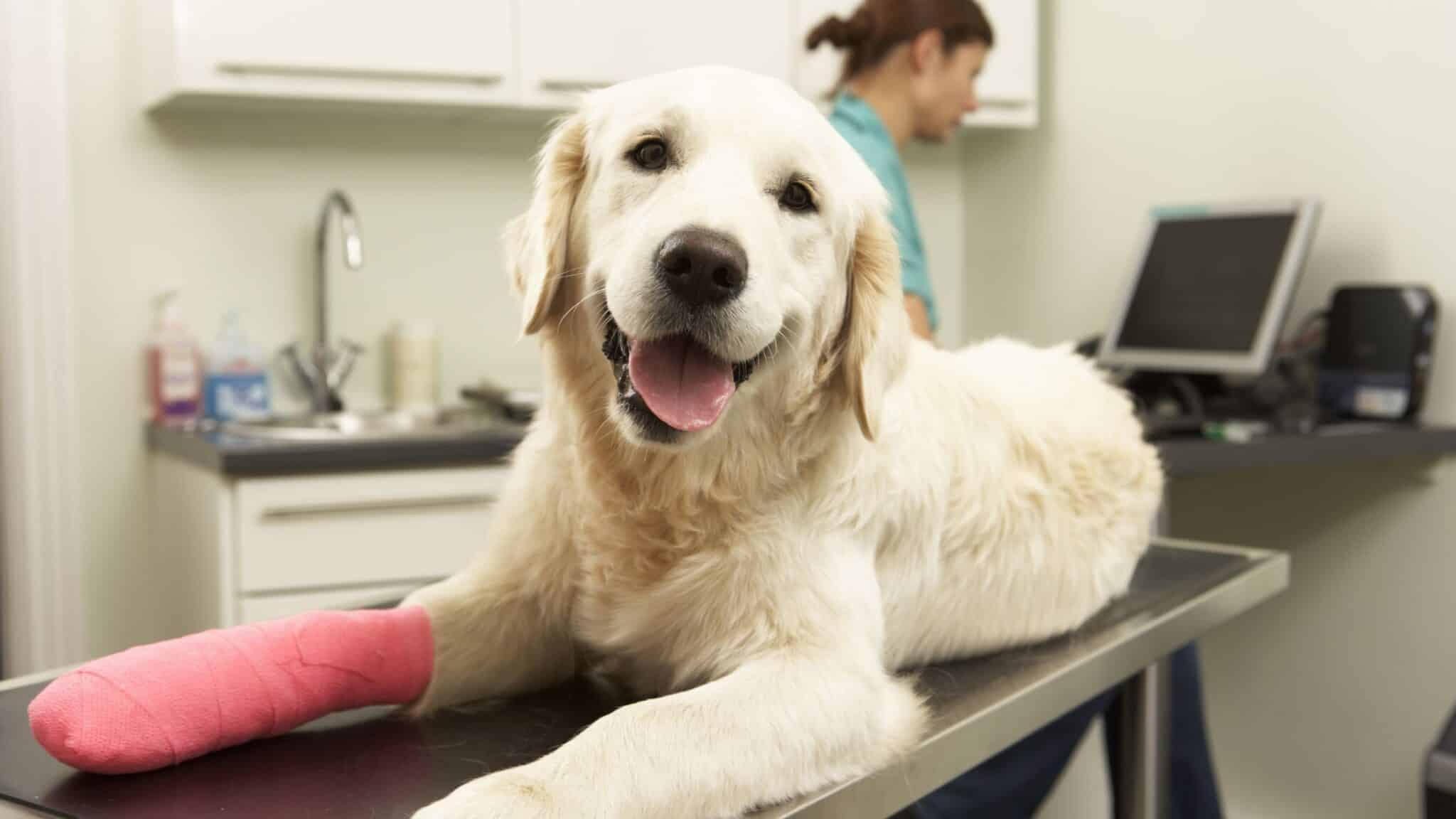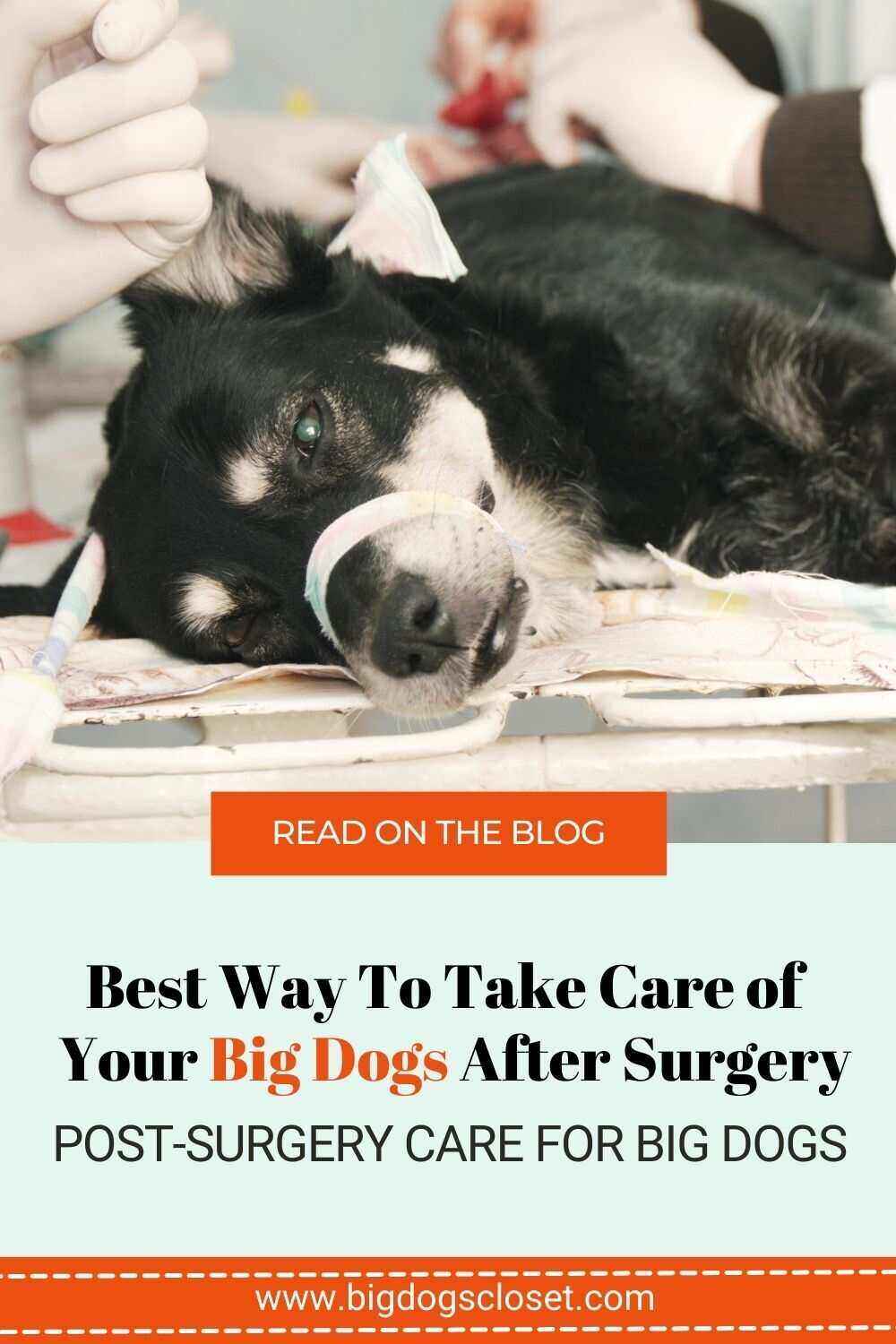Introduction
Post-operative care for dogs is different for each individual, but some general rules apply to all dogs. You should check with your vet before treating your dog’s wounds so that you know exactly what to do to keep them healthy and happy after surgery.
Read the vet’s post-surgery instructions carefully and make sure you understand them.
Read the vet’s post-surgery instructions carefully and make sure you understand them. You should know what to do if there are problems, such as pain or bleeding. This information can be useful in case of an emergency. Learn how long your dog needs to be kept in their crate or exercise pen, as well as whether it is safe for them to go outside on a leash so that you don’t have any unexpected accidents later on.
Carefully observe your dog’s behavior in the day or so after surgery.
Carefully observe your dog’s behavior in the day or so after surgery.
- Watch for signs of pain and discomfort, such as panting and whining, limping, trying to stay out of a certain position (e.g., lying on the side of his incision), or licking at his stitches.
- Look out for signs of infection (redness and swelling around the incision) or shock (lethargy, pale gums).
- Note whether he seems dehydrated (his tongue looks dry; he’s not drinking water).
Be alert for signs of serious complications after surgery.
Be alert for signs of serious complications after surgery. Signs of complications include:
- Pain. Your dog may have difficulty moving and experience pain in the surgical area. If your dog shows signs of mild discomfort or pain, it’s best to consult your veterinarian if you’re concerned about how much relief they will provide in your particular case.
- Lethargy or depression. If you notice that your dog is less energetic than usual—or seems depressed—after his surgery, this could indicate an inflammatory response to blood loss or other issues related to the procedure itself rather than any complication stemming directly from anesthesia exposure during the operation (though this can happen sometimes too). You should contact your veterinarian immediately if lethargy persists despite adequate rest between surgeries and/or progresses into vomiting, diarrhea, or lack of appetite because these symptoms could signal something more serious than simple healing fatigue
Monitor fluid intake and output closely.
Monitor fluid intake and output closely. Look for less than-normal urine production and more diarrhea than usual.
Use a Surgical Recovery Suit to prevent licking the incision and keep it clean, dry, and protected from harm.
When your dog is first brought home, let them wear a surgical recovery suit to prevent licking the incision and keep it clean, dry, and protected from harm. The size of the suit depends on the breed and size of the dog. Look for post-surgery clothes that are easy to put on, especially if your dog is unable to bend the legs due to medical conditions. This allows you to put on or take off the suit in seconds without any assistance from anyone else.
Check out our surgical recovery suit is made with lightweight cotton fabric that is soft and breathable even for sensitive skin. A specially designed system that helps your dog get dressed in seconds. Just step into sleeves, pull up, and zip. Also, it’s the best alternative to Cone Of Shame which helps your dogs to recover comfortably and faster.

Keep the incision clean and watch for swelling, redness, or pus.
- Keeping the incision clean and dry is a key part of post-surgery care. If you see any swelling, redness, or pus on your dog’s abdomen, contact your vet right away. It’s important to keep the incision area clean so that it can heal properly. You should also use a warm compress to reduce swelling and apply ointment on the wound every day (at least twice per day).
Big dogs need special care after surgery due to their size.
If you have a large dog, they need special care after surgery. They are more prone to complications and need extra monitoring. The first thing to do is research the surgeon and make sure they have experience with large dogs. Find out if they have any experience working with your breed or size dogs before you book the appointment.
Once you’ve picked out a good vet, take some time to talk about what will happen during surgery and how it will affect your pet’s recovery afterward.
Conclusion
There are many benefits to having your dog operated on by a professional. Not only will you have peace of mind knowing that your pet is in good hands and will be given the best care possible, but you’ll also save yourself from the stress that comes with trying to do it yourself at home.

